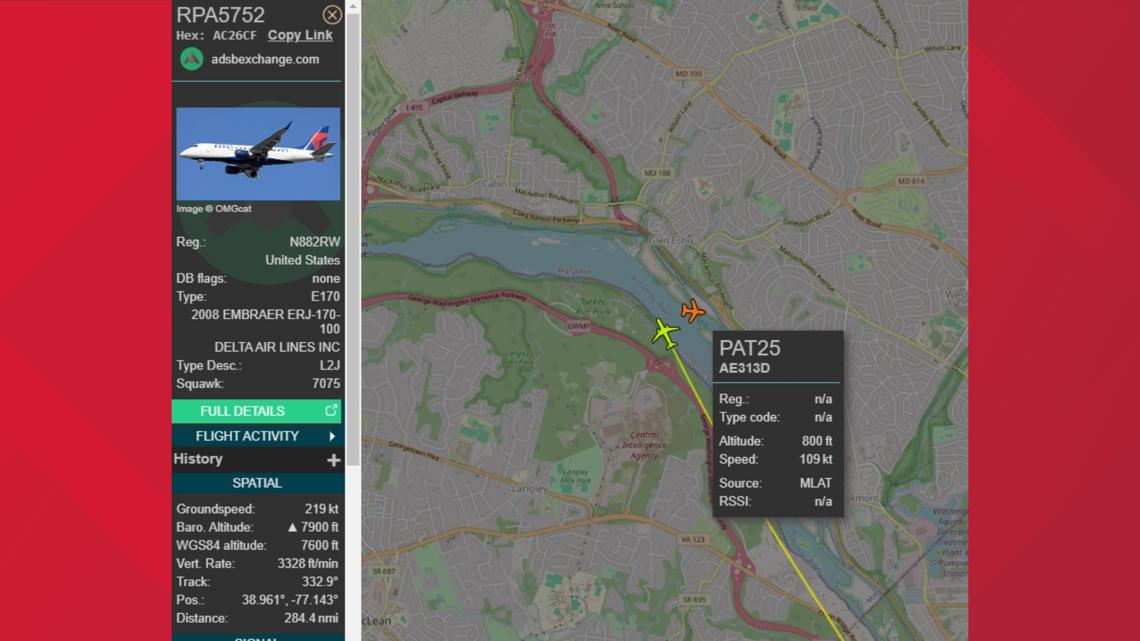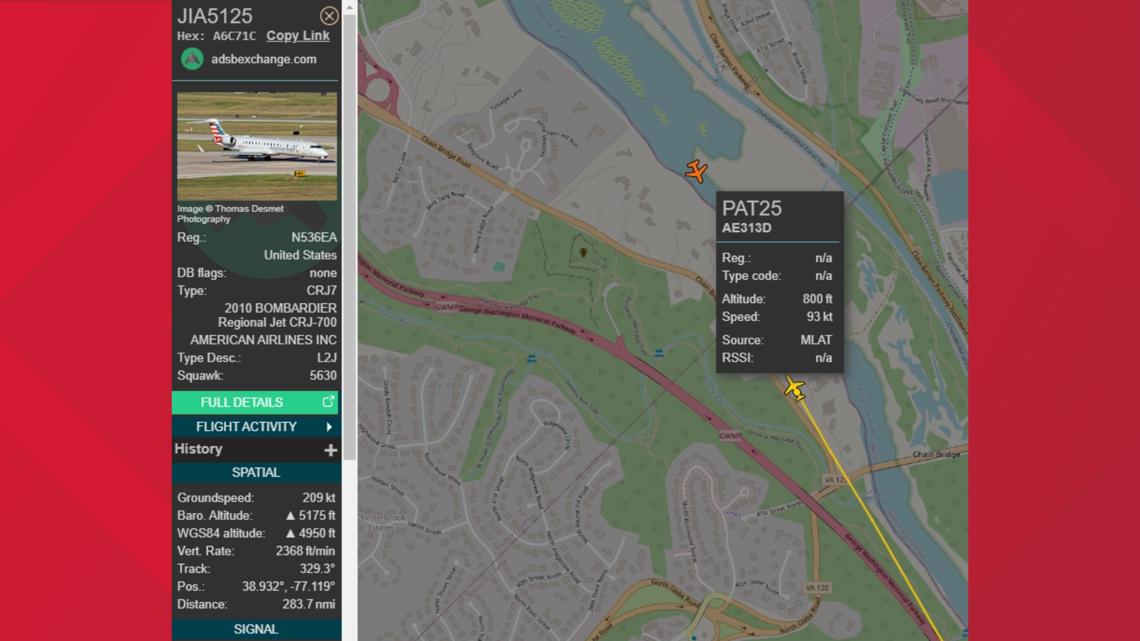On the evening of Jan. 29, a military helicopter crashed into a commercial passenger plane that was attempting to land at Ronald Reagan Washington National Airport. The two aircraft fell into the Potomac River and no one survived the crash.
In a video posted to X the following day, Secretary of Defense Pete Hegseth said there is currently an investigation into the helicopter’s flight path and altitude at the time of the incident.
Soon after the crash, a post casting suspicion on the helicopter’s flight path went viral. The post, which includes a video of the helicopter’s path on a flight radar, claims that the helicopter appeared “to have been attempting to hit an aircraft.” The video pauses the radar to circle multiple “near crashes” the helicopter has with other planes before it crashed.


THE QUESTION
Does a viral flight radar clip show the helicopter involved in the D.C. aircraft collision nearly crashing into other aircraft?
THE SOURCES
THE ANSWER
No, a viral flight radar clip does not show the helicopter involved in the D.C. aircraft collision nearly crashing into other aircraft.
WHAT WE FOUND
While the viral video does show aircraft positions as recorded by a real flight radar service, it leaves out altitude information available on the radar that shows the helicopter was well below the other aircraft in the video.
The flight radar that appears in the viral post’s video is called ADS-B Exchange. It is one of a few flight radar services publicly available online.
The first “near crash” can be found on Jan. 30 at 1:41:00 UTC, which is the timezone used by ADS-B Exchange and other flight radars. At that time, PAT25, the helicopter that later crashed into the passenger plane, can be found on the radar’s map very near to a commercial passenger plane, RPA5752.
However, ADS-B Exchange’s altitude data for the two aircraft shows that they were thousands of feet apart. PAT25 was flying at an altitude of 800 feet, while RPA5752, which had just departed Ronald Reagan National Airport, was already above 7,000 feet and still rising.


Federal Aviation Administration (FAA) guidelines suggest aircraft flying at low altitudes maintain at least 1,000 feet of vertical separation from each other.
The next “near crash” from the viral post is at 1:42:30 UTC. At that point, PAT25 was still flying at 800 feet. The plane closest to it on the radar, JIA5125, was above 5,000 feet. JIA5125 also departed Reagan National Airport, and was therefore still rising.


After that, the viral video claims PAT25 makes an “erratic move,” as described in the viral post, towards a third and final plane, which it passes on the radar at 1:43:40 UTC. PAT25 was in the process of descending, and made it down to an altitude of about 400 feet when it passed the third plane, JIA5164. That plane was at 4,000 feet and was, once again, gaining altitude after departing the airport.
Data from Flightradar24 corroborates the altitude data displayed by ADS-B Exchange. PAT25 was flying at an altitude of 800 feet when it passed by the first two aircraft and then began descending so that it was at 400 feet by the time the third plane flew by it.